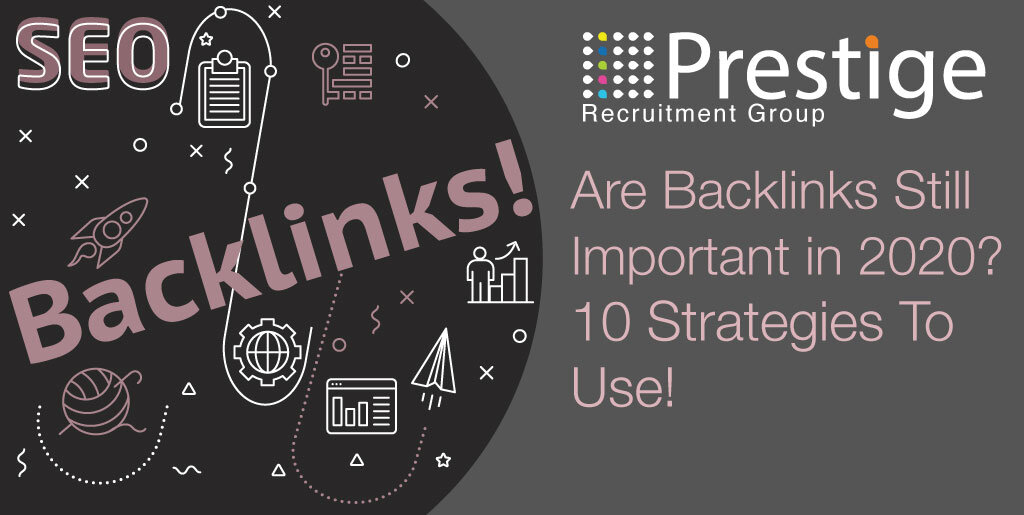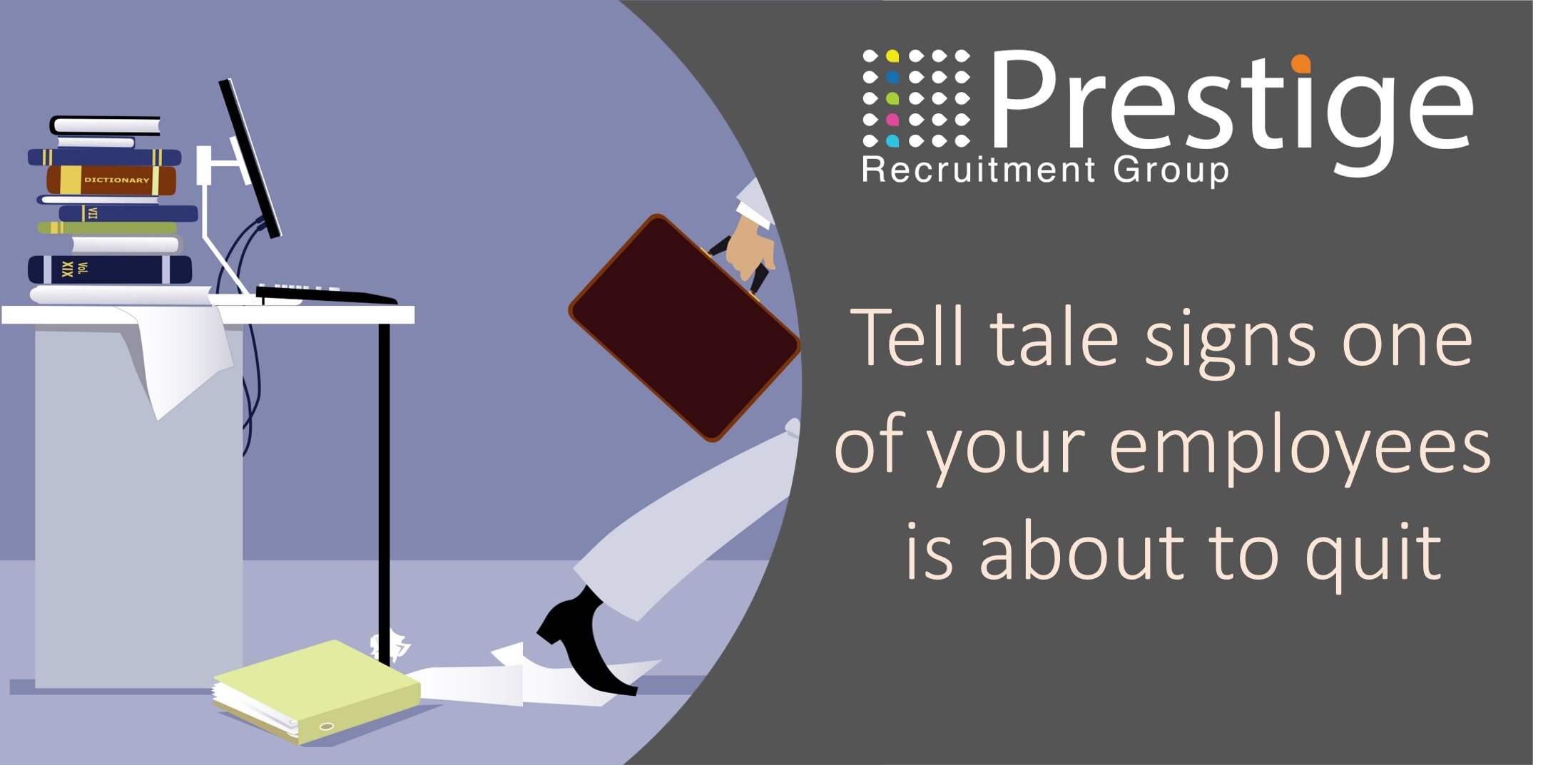The Covid-19 pandemic has sent the traditional brick and mortar retailers across the UK into a tailspin. More than 14,000 shops According to the Centre for Retail Research have closed so far in 2020. But with every downside, there is usually an upside. This upside is called online retail. In a September survey, one out of 10 shoppers said their shopping habits had changed permanently, and would never go back to what they were pre-pandemic. I think we can see this all around us, there has been a massive take up of online sales across all demographics of the population.
The Covid-19 pandemic has forced retailers’ digital transformation plans forward. They may have already been in motion at many UK retailers, but now there is a rush to implement them. Long term plans have now become a short-term priority! Retail CIOs and CTOs are being asked to find the technologies and implement them to survive in a fast-moving retail landscape. This inspired us to take a look at the top 3 growing online retail trends this year. Having done all the research for this, we were amazed to find we had written articles about two of these trends this year, so let us dig in and see what these trends are!
1. The Growth of Augmented Reality
First up, Augmented Reality! We did a blog on this back in July entitled 'Is Augmented Reality the future of the e-commerce race?' In this article, we concluded that answer was yes, it will be a big part of the future of e-commerce. We then ended up noting that the more people experiencing AR, the more they will want to use it in their shopping experiences.
Augmented Reality (AR) helps online shoppers visualise products, giving them a sense of realism to their experience. Historically one of the problems of shopping online is the ability to touch and feel a product. A flat picture can only say so much, of course, although you can't actually touch or feel the product, being able to manoeuvre a piece of furniture within your house before buying it, or to see what you look like wearing a piece of clothing makes for quite a compelling scenario. The likes of Burberry, Apple, Lululemon, GOAT, John Lewis and ASOS are among many online retailers that decided this technology is a great enabler for sales. It's only going to go one way, and that is more Augmented Reality within our life and on our phones.
2. The Growth of Voice Search
At the beginning of this year (2020) we wrote a lengthy article entitled ’Is voice search within fashion e-commerce the future’. Very similar to the augmented reality article that we wrote it was again a resounding yes! Of course, this not only pertains to the fashion industry, it is all of the e-commerce industry as a whole that will be enhanced by this way of searching for products. Since that article, we have had even more evidence showing voice search is on the rise, here are a few predictive stats to show you where it is heading:
Quoracreative stats, States 50% of all searches across the internet will be voice-based by 2020.
Gartner states 30% of all searches will be done using a device without a screen.
OC&C Strategy Consultants state house penetration for smart speakers is predicted to rise to 55% by 2022.
Between the likes of Apple’s Siri, Microsoft’s Cortana, Amazon’s Alexa, Google Assistant and Samsung’s Bixby we have a myriad of ways on how we can gain information by using our voice. As well as these devices being an amazing curator and distributor of information, it is also starting to become a powerful tool to be used in an online retail search. Making sure your website is optimised for voice search is now a large consideration for most online retailers. Again, we wrote another article this year entitled ‘8 Strategies On How To Optimise Your Website for Voice Search And Why To Do It’. - Okay, yes, we are always writing articles! We sort of can't help ourselves as we live in interesting times, what can we say! Anyway, back to the article, we could see how voice search was gaining momentum within the industry so we wrote a well-received blog outlining some of the strategies that can help companies improve their SEO for voice search.
We have seen voice search certainly grow in popularity this year and a lot of e-commerce companies seem to be factoring this into their SEO solutions and strategies. In an article by lead Web Praxis Media https://leadwebpraxis.com/voice-search-and-its-sustainability-in-the-digital-world/, they mentioned that ComScore estimates that more than 50% of searches done by users in 2020 will be voice searches. They concluded by saying ‘voice search is just warming up and by 2025, it will be part of our daily lives. It is a viable disruption to the traditional system of assistance and it is sustainable in the digital world’, and we would have to agree!
3. Growth in AI
We have saved this one to last as it is probably one of the most important technologies to hit online retail, also the two above trends have an element of this technology within them already. In fact, AI is one of the biggest growing industries as it can enhance most electronic experiences and market sectors. From medical software to predictive stocks and shares analysis, it is slowly making its way into all business sectors. So let's have a look at the online retail story for this technology!
When you visit a traditional shop one of the upsides is that you can talk to a shop assistant. A good assistant can guide you through your purchase selection, imparting knowledge and recommendations that are tailored to you. AI (artificial intelligence) and machine learning have the potential to bridge this gap in the online world. This is another critical piece to the jigsaw to make online shopping seamless and engaging, providing a positive experience and good customer service. Before the pandemic, 40% of UK retail CIOs and CTOs said they thought their companies should be investing in AI. According to a study by Deloitte UK, 72% of British businesses in 2019 had already achieved a positive return on their AI investment, an indication of the positive effect that it is already having within the industry.
Using AI can help online retailers learn about their customers and their habits, giving them a more personalised experience and helping them with shopping solutions. There are many ways you can implement AI solutions, but, it all comes down to the collection of data with real-time insights and various algorithms built around this data. Put this together with automation like 24/7 customer support via chatbots, and you can go a long way to optimising the customers’ buying experience.
Successful e-commerce companies are using personalisation technology to give consumers their very own experience. Personalisation for customers on e-commerce websites is achieved by dynamically showing content, recommendations and products that are all tailored by the information gathered on the person. This can be a person's growing online history, social media habits and how they interact with the website. Then liberally sprinkle with predictive AI data using purchase history, customer demographics and personas, and you have a solid bespoke experience for each customer.
Amazon uses a lot of AI, a staggering 35% of their sales come from their recommendation engine. They make a unique homepage for every single customer that provides personalised recommendations using item-based collaborative filtering. North Face adopted IBM Watson’s cognitive computing technology to help predict what jacket would be best for their customers, based on variables like location and gender preferences. According to a survey conducted by Econsultancy, about 74% of marketers have stated that targeted personalisation increases their overall customer engagement rates. So there is a drive from both software solutions companies like Google, Microsoft and IBM, and online retailers using these solutions like Amazon, ASOS and IKEA to use AI to enrich the customer experience.
The ability to ape the traditional shopping experience through a personalised customer journey will be the key to winning in the online e-commerce market. Juha Valvanne, Founder of Nosto, a tech platform that delivers personalised e-commerce experiences said: “Personalisation is the missing ingredient to a successful online shopping experience and will be key to 2020 and the future of e-commerce.” And we can see things like this working, with the likes Natori using artificial intelligence to help with their digital ad spending resulting in a 76% increase in their social media revenue. There are lots of tools being developed around AI and it will increase over the next few years. Google’s £400m purchase of start-up DeepMind, an artificial intelligence company that specialises in algorithms and machine learning for positive impact, is a big nod towards this. Of course, with all of this comes the grey lines of how much data should companies hold about you to help you to shop. Another question for another day I feel! But to finish up I like this quote by Masayoshi Son -
“I believe that artificial intelligence is going to be our partner. If we misuse it, it will be at risk, if we use it right it can be our partner.”
In conclusion
In researching for this document it is obvious that online retail and e-commerce is in a cycle of massive growth, pushed on by the pandemic that we've all experienced. There were lots of trends to come out of this article, but these seemed to be the top three driven by technology. There are other trends outside of the technology realm like influencer marketing, but the technology trends seem to be the most popular at the moment.
It is definitely all about clever digital marketing together with the integration of AI, AR and voice search. In fact, to round this up I wrote a personal blog a while ago about my fantasy shopping experience, using a mixture of voice search, AI and AR! It’s available here when I wrote this I did not realise that these topics would be so currently hot! Privacy issues aside, I can't wait for my fantasy shopping blog to turn to reality, I will sit back with a smile on my face and think, no more walking around stores for me!






















